camera obscura
now browsing by tag
PAEA trip to Cuba!
Hola, Art Teachers!
This Summer, members of PAEA embarked on a trip from Pennsylvania to Havana to experience Cuban culture, learn about art and education there, and share ideas and inspiration with our fellow teachers.
In the midst of this Socialist island, we found ourselves in a sort of time warp, surrounded by latino culture, 50’s Americana, 70’s and 80’s Soviet influences. With our guide, we visited cities, small towns, and a biosphere, swam in rivers and the gulf, and met local Cuban artists in many mediums.
Instead of a complete reiteration of our itinerary, I thought I’d share a few inspirational highlights, with a special focus on those that I felt might lead to lesson plans:
FUSTERLANDIA (Jaimanitas, outside Havana)
Mosiac artist José Fuster has created a whole magical neighborhood, constantly expanding for the past 20 years. It was cool to explore the grounds and walk through his workshop, finding repeating themes and symbols in his work. His simple images and complicated forms reminded me of Isaiah Zagar’s Magic Gardens in Philly! I think I’m going to revamp an old Zagar lesson, showing some images of Fusterlandia to my students. What is the same, and what is different in these two artists’ work?
CAMERA OBSCURA (Plaza Vieja, Havana)
On the top floor of a vila in Havana (115 ft up!) a “Cámara Obscura” (invented by da Vinci) uses mirrors and a lens to project a live 360 degree view of Havana onto a platform in a pitch black room. I was in awe – as a photo student, I’ve been introduced to the concept of camera obscura, and even seen some primitive examples of it. This one though, blew me away. The operator used manipulated it and focused it with such precision that we could see individual figures on rooftops having breakfast and going about their days, far from where we stood. Two PAEA members shared ways to create camera obscura lessons with students in your studios or art rooms!
ANTWERP HANDS (Children’s Museum in Havana)
Across the plaza, we found a children’s art gallery featuring a traveling exhibit from Antwerp Hands. Loads of illustrated hands featuring the theme of friendship were on display, along with the ideas of different culture’s phrases, stories, and lore involving hands. I’ve got a feeling I’ve got a hand project in my future!
KORIMAKAO CULTURAL PROJECT (Zapata wetlands)
This rather out of the way spot is home to Korimakao Community Arts Group – which brings art, theatre, music and dance to small towns and the rural communities of Cuba. When we visited, we were treated to an enthusiastic live music performance, saw dancers perform in their studio, and got to see the visual art gallery featuring member’s work. The work on display gave me some ideas about presenting work in shows – particularly these cool spin art paintings which were displayed on light boxes! Definitely gave this work an added dimension.
SANTANDER POTTERY (near Trinidad)
We got to visit the Santander family pottery studio. All of us art teachers have thrown on a wheel at some point, and I gotta say, we were blown away with the deftness and skill we saw from these master potters. I’ve never seen something I know to be difficult look SO easy. It was awesome to get a live demo!
Among all the pots and vases (which were available for purchase, and yes, broke in my luggage on the way home), were these very cool delicate windchimes. I bought two, (one for home and one for my art studio), where I hope to use it as an inspiration so we can do some collaborative work with some air dry clay. Maybe each class will make one together?

RECYCLED OBJECTS
One thing we noticed again and again through our travels on the island was the use of recycled materials. Like I do, you may associate Cuba with a sort of vintage aesthetic, and that’s no joke. With US embargoes going back 50+ years, access to general supplies can be sporadic, and acquiring “frivolous” materials (like art supplies) is nearly impossible. We saw so many beer cans, bottles, second hand fabrics, even palms – repurposed into visual art. I bought a couple small items that fit the bill to bring back and show my students when it comes time to do a recycling project! I know they’ll be impressed with the craftsmanship and ingenuity.
EMBROIDERY (mainly in Trinidad)
I can’t resist some beautiful embroidery. We saw so much cool textile/embellishment work (particularly in Trinidad) that made me decide I *must* get some needles and thread (or…floss?) into my kids hands next year. Gotta work on the logistics for that one!
TILE (Havana and Trinidad)
Sooo many crazy tiles. In the cities with older architecture, the beautiful ceramic repeating patterns were everywhere, and I couldn’t resist them. Bright colors, geometric and organic shapes, crazy combinations. Working out how I might implement this in a lesson. And into my kitchen.
What an awesome opportunity to bring new perspectives to our students. Can’t wait to see where else PAEA might go next! Keep your eye on the blog, IG, and turn out for conferences to learn more.
Video of our trip here!

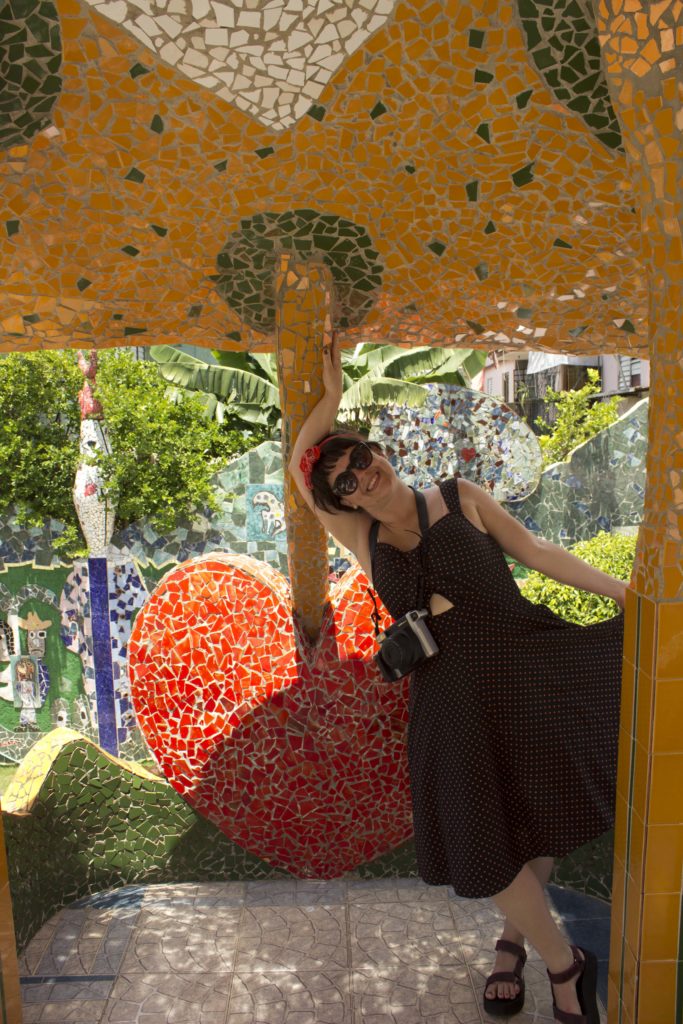

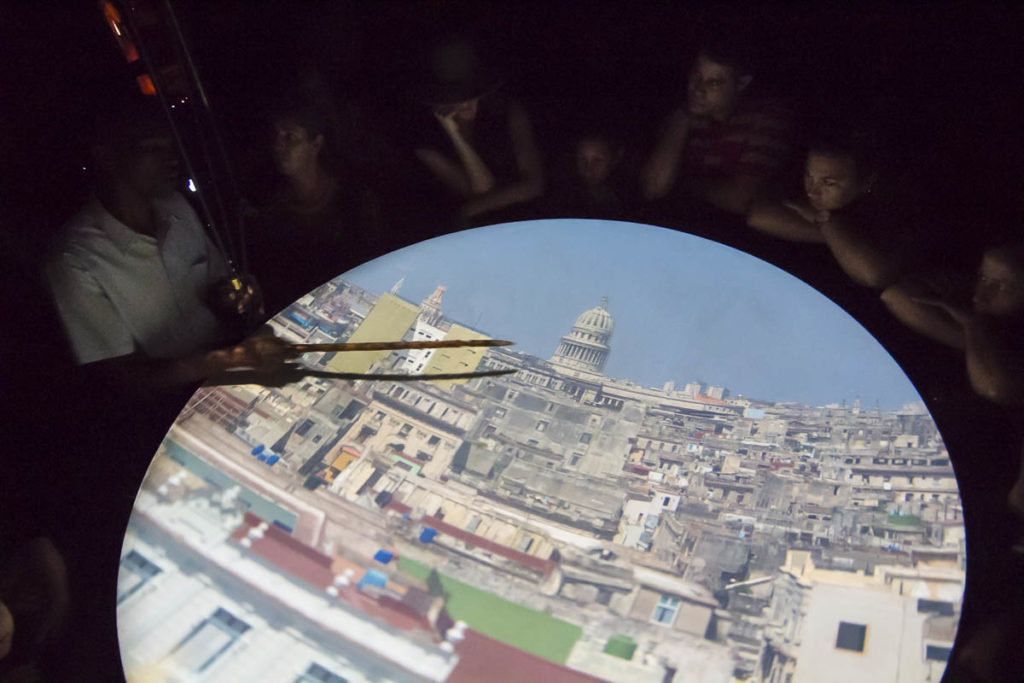
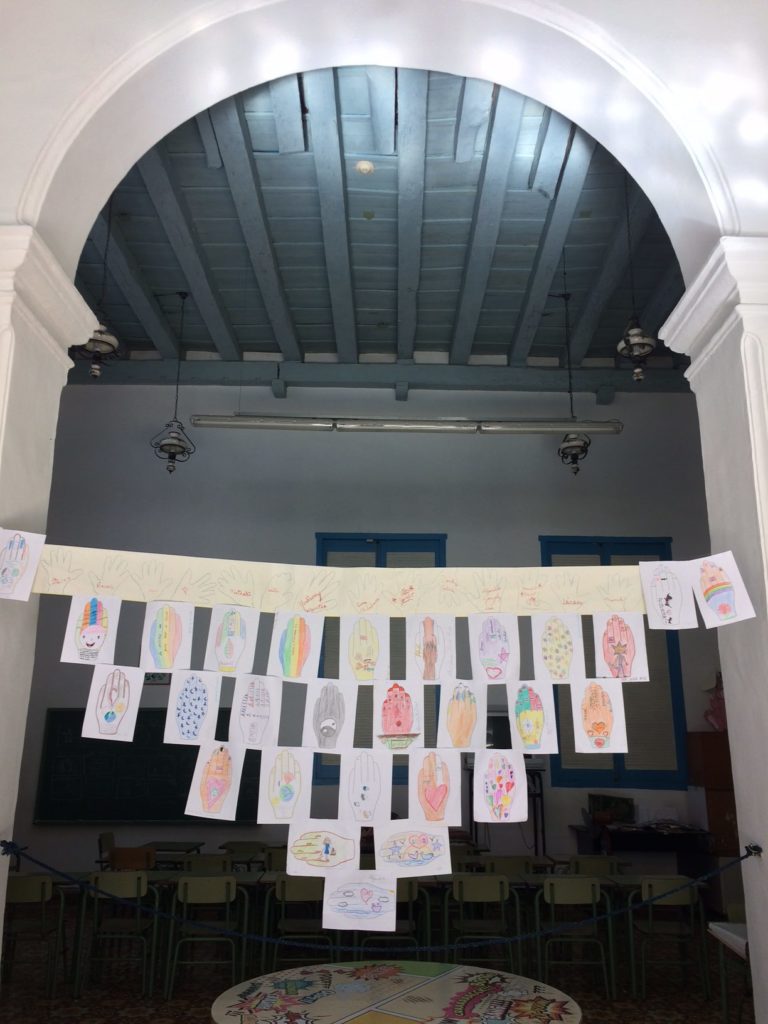
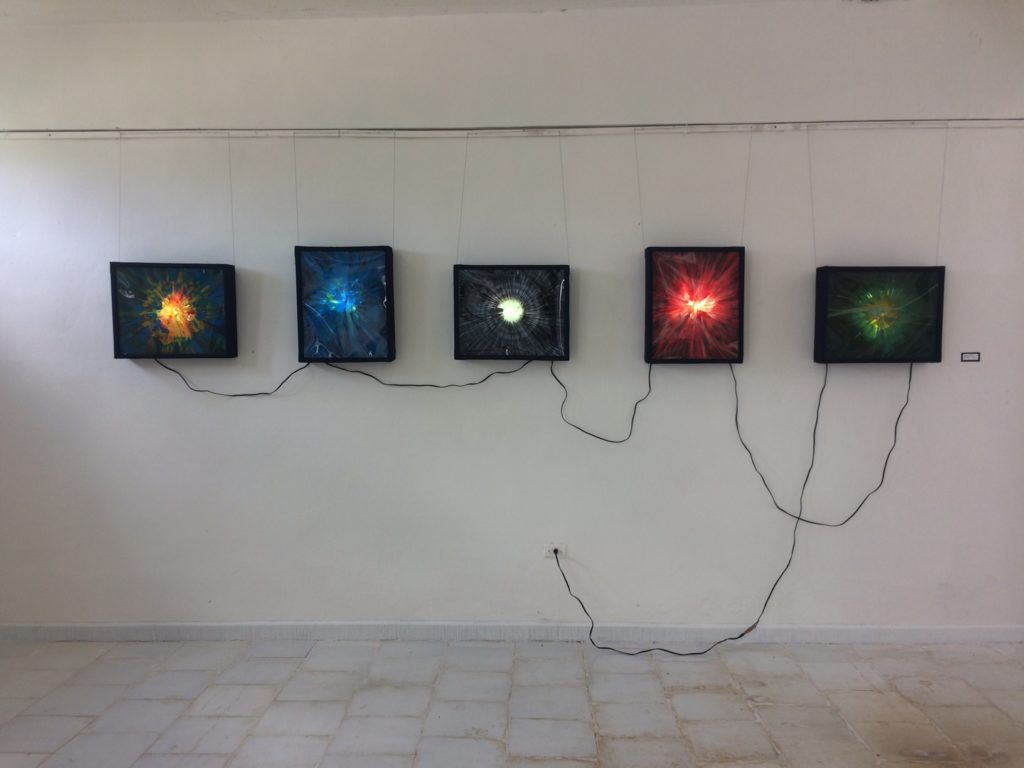

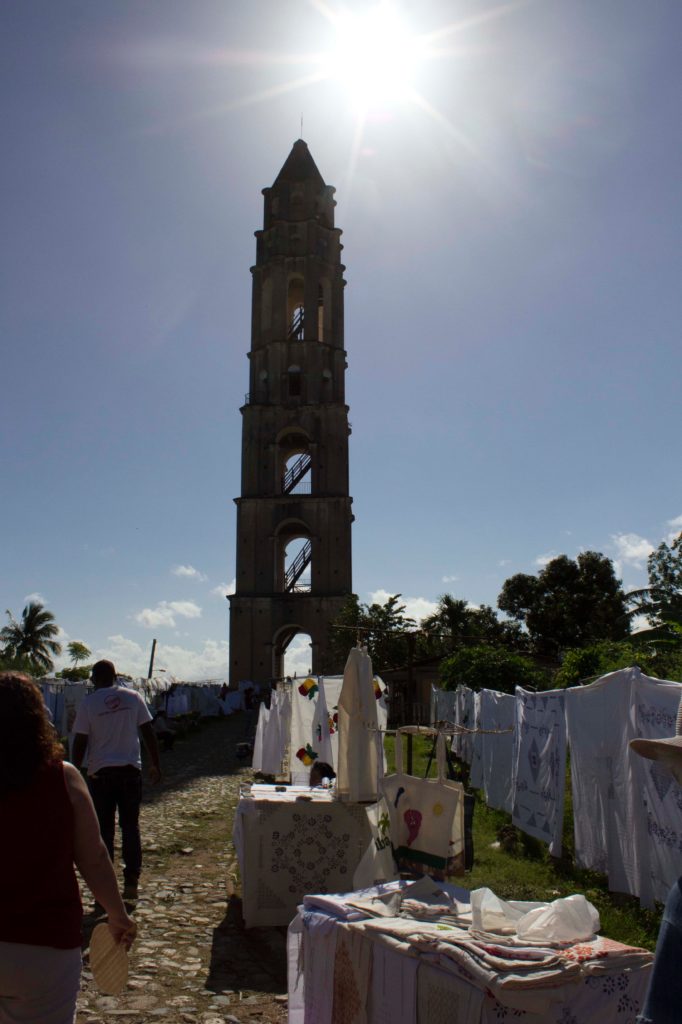
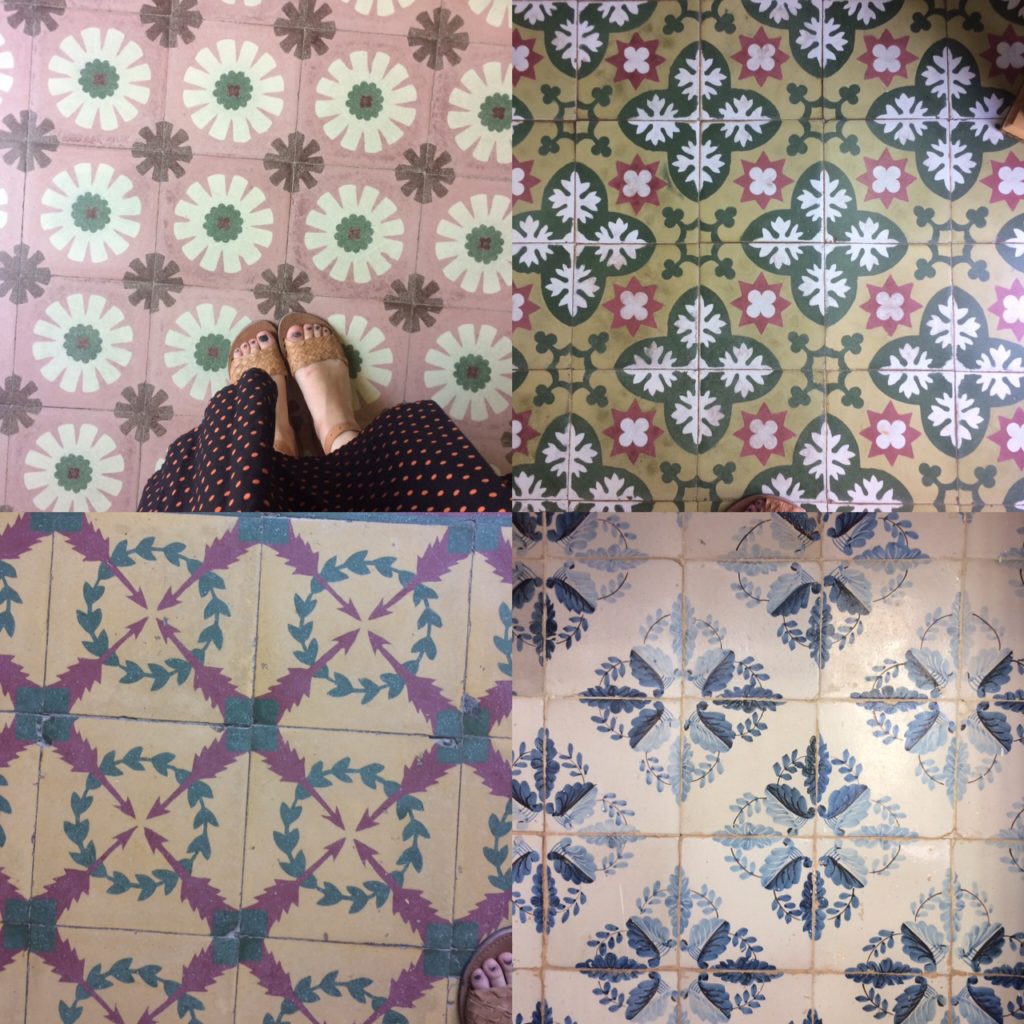
 D5 Creation
D5 Creation